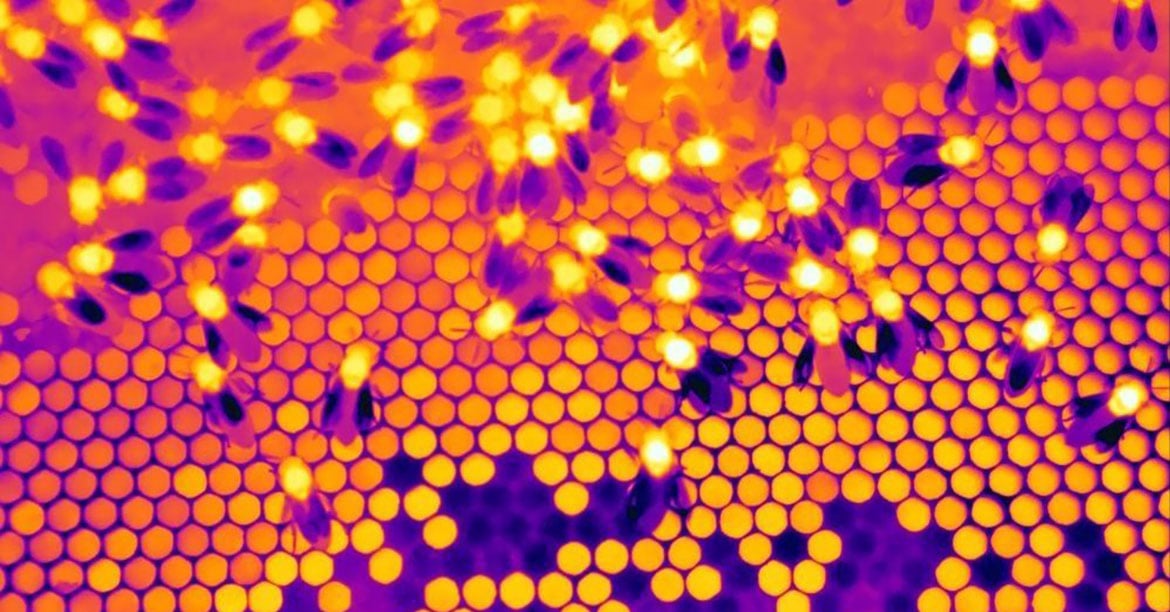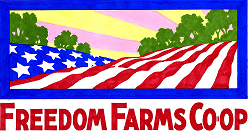.png)
Steward-Owned Soil CSA model.*
local resource sovereignty: waste valorization, food sovereignty / germinable land, and carbon agency.**
I began this idea from a place of ecological anxiety; the two year-ongoing reckoning with zoonotic transmission, in direct succession with the anthropogenic elimination of biodiversity and buffer habitat, furnished the insularity to contemplate predatory capitalism’s threat to sociality and interspecies coexistence.
My initial act had been to target the most visible pollutant embedded in my daily consumer life: disposable, flexible plastics impossible to recycle, constituting 46% of landfill plastics and ocean leachate. Solutionism led me to biodesign, and PermaPak my biodegradable, food-grade polyethylene replacement composed of kelp & mycelial polysaccharides with insect cocoon protein was born—separate from the monoculture starch-industrial PLA pipeline. However, the idea of our invention’s life cycle end in a landfill disintegrating slowly anaerobically irked me, and I began imagining alternative infrastructure fit for the scale of waste.
In a red wiggler worm bin system, the biopolymer sheet is eaten in 14 days and collected as worm castings, opposed to up to 3mos in the outdoors before disintegration. Redworm biodigestion is suited for carbohydrate-based kitchen scraps as long as the bulk of their diet consists of brown matter or bulk cellulose found in leaves, dry plant matter, and paper/cardboard products. However, the most successful and widespread decomposer of the breadth of organic wastes with a bioconversion time of 12 days, is Hermetia illucens, the black soldier fly prepupae.
Designing for an inclusive ecology with the constraints of manmade industrial activity warrants an adaptive, tactical outlook. To displace the dominant material life cycle’s end in landfills and incineration, we must mobilize waste-streams that have been siloed, into circular exchange that captures value in resource recovery & conversion, to reach carbon net-negative targets.
.png)
Wastestream Circularity & exchange as resource recovery / valorization.

Infrared Thermography of beehive clustering to retain warmth in winter.


Freedom Farms Cooperative’s Pig Bank, founded by Fannie Lou Hamer in Sunflower County, Mississippi 1968.